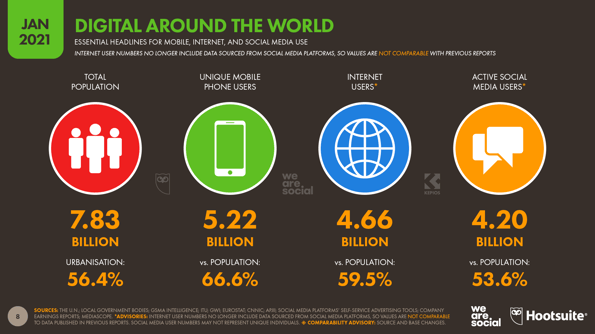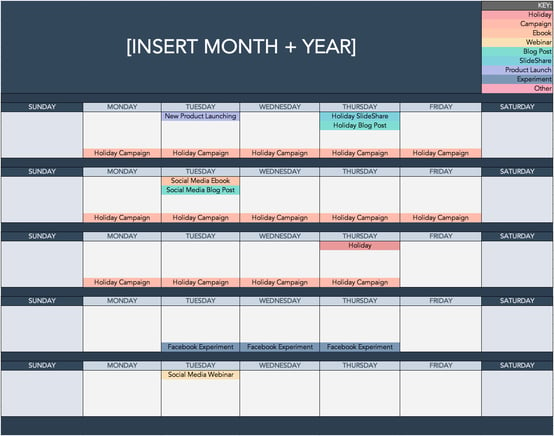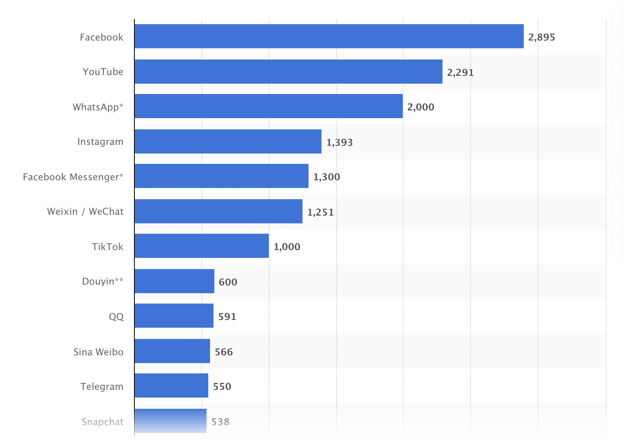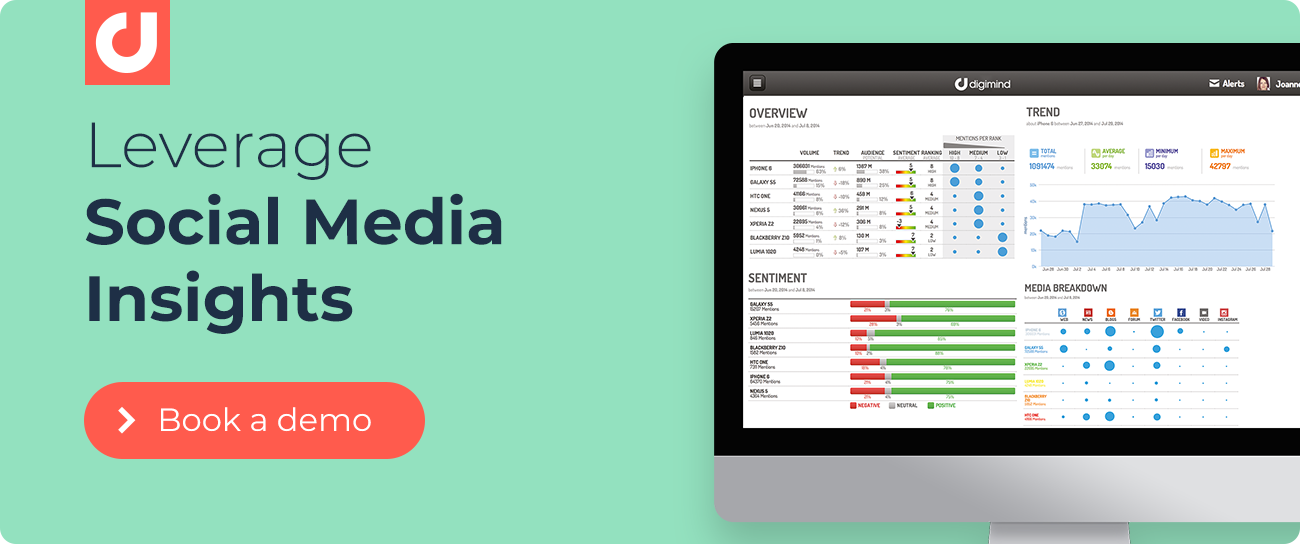Best Social Media Marketing Techniques to Boost Branding
Most companies spend 15% to 25% of their digital marketing budget on social media marketing efforts, including organic and paid strategies.
As we know, marketing is an essential part of any brand. One study showed that most companies spend 5-15% of their annual revenue on marketing, upon which most spend 35-45% of their marketing budget on digital marketing streams like social media.
Social media marketing is a form of internet marketing that involves creating and sharing content on social media platforms to achieve specific marketing and branding objectives. Typical deliverables include copywriting, designing, posting visuals, videos, and other content that drives audience engagement.
As marketers ranked “increased acquisition of new customers” as the top outcome of social media, it is no wonder that more and more businesses recognize the significance of social media marketing. Here are three essential social media marketing techniques you or your team need to boost branding objectives in 2021.
Planning Your Social Media Content
Content planning is one of the first few steps you need to take in any social media marketing strategy. It is the structure by which your company determines which content initiatives to execute and when.As such, most businesses will develop a content calendar to help you visualize the content in the pipeline for the month. This would allow for better content organization and ensure consistent publication of content throughout any given period.
Example of Hubspot’s social media content calendar template.
In planning content for social media, you need to produce relevant content by keeping an eye out for rising trends and viral events online that align with your brand and marketing objectives. You may want to identify looming opportunities to jump on the bandwagon and possibly drive more brand awareness.
One way to stay on the ball and identify the most updated trends is by using social listening tools. With the help of social intelligence to power your market research insights, you could easily monitor online conversations regarding your brand and the industry—allowing you to design and relook strategies to better relate to your target audience.
It’s time to take your brands’ online presence with more seriousness as it can increase consumer awareness and strengthen the consumer-brand relationship.
Bonus: Short on ideas for your social media monitoring strategies? Here are some of our tips!
Captivate, Not Present
The biggest mistake you can make on social media is vomiting unwanted information on your audience. While using lazy call-to-action taglines like “tag a friend in the comments below” may increase interactions slightly, it rarely kickstarts genuine conversations about your brand among your consumers. As social media algorithms get smarter and platforms become more competent at filtering out spam, such engagement baits will no longer work to achieve those interaction figures.Some other ways you can encourage your community to be actively interactive are:
- Asking your audience questions
- Gathering their opinions on specific topics
- Liking and sharing some of their posts rather than just the other way around
- Asking them to interact directly with your posts through "likes" and "shares
- Engage audience through Instagram stories using polls and Instagram live for giveaways
Everyone good? Feeling great?
— Wendy's (@Wendys) January 12, 2022
Still many hours left in the day, but take a quick lunch break because we're trying to push this free medium fries with purchase thing in the app and I want to keep my job.
You haven't discovered everything. So, what do you want to learn next?
— lululemon (@lululemon) December 10, 2021
Using specific prompts that encourage your followers to share their personal stories is one way to engage them.
Alternatively, brands can also consider using readily available software to improve the quality of their engagements. For example, opting to integrate chatbots into brand social media accounts would allow you to reduce the time taken to respond to your audience.
To your customers, getting their needs answered can go a long way for your brand reputation. Without a dedicated social media team, brands can often leave customer inquiries hanging, or worse, unbeknownst to them. A survey conducted by Hubspot shows that only 32% of them are happy with the response time. While 39% of social media users expect a response within an hour, the average time for businesses to respond is an estimated 5 hours. As such, acquiring tools like chatbots could help you maintain the desired consistency in the interaction with your community and improve overall brand communication while reducing the response time without requiring more manpower.
Paid or Organic?
Facebook, YouTube, and WhatsApp are the most used social media platforms globally.
Just like how banner ads don’t necessarily reach your target audience, advertising on the most popular platforms doesn’t mean you’ll reach the people you want. For example, while Facebook is the most used social network, it might not always be the most suitable platform to reach a Gen Z audience.
Bonus: Read on about some Gen Z consumer trends to help you appeal to them better.
It would be ideal to have already a deep understanding of where your audience is spending most of their time, what types of content they consume most and when exactly they’re using social media. From there, you can decide whether to opt for paid marketing techniques or to stick to organic ones.
Essentially, paid marketing gives you a more targeted approach to reach your audience. Some examples of the different types of paid social media ads include pay-per-click, display, and branded or influencer-generated content.
The most important thing to remember is that each social media has its own pros and cons. For instance, certain platforms such as Facebook place individual posts higher up the newsfeed than business posts. Deciding on which platform would be best depends on your marketing objectives and the nature of each platform. But not to worry, whatever your marketing objectives and budgets are, there would definitely be a variety of options for you to pick.
Know What Consumers Want
Be it social media marketing or any other form of marketing, your audience is always at the core of it. Everything from the type of content provided, the platform you publish it on, to the timing of your publication, what matters is that they all rely on the behavioral data of your target audience.
Now, the question isn’t how we can gather all that information, but how best we can do that. Whether through social listening tools or the free built-in “insights” feature on each social platform, the goal is always to understand your audience better and get them the most relevant content.
Written by Ardini Insyirah
With a background in writing and public relations, Ardini's passion for stories drives her journey in marketing and communications. After hours, you can find her chasing sunsets, staying active, or socializing.




